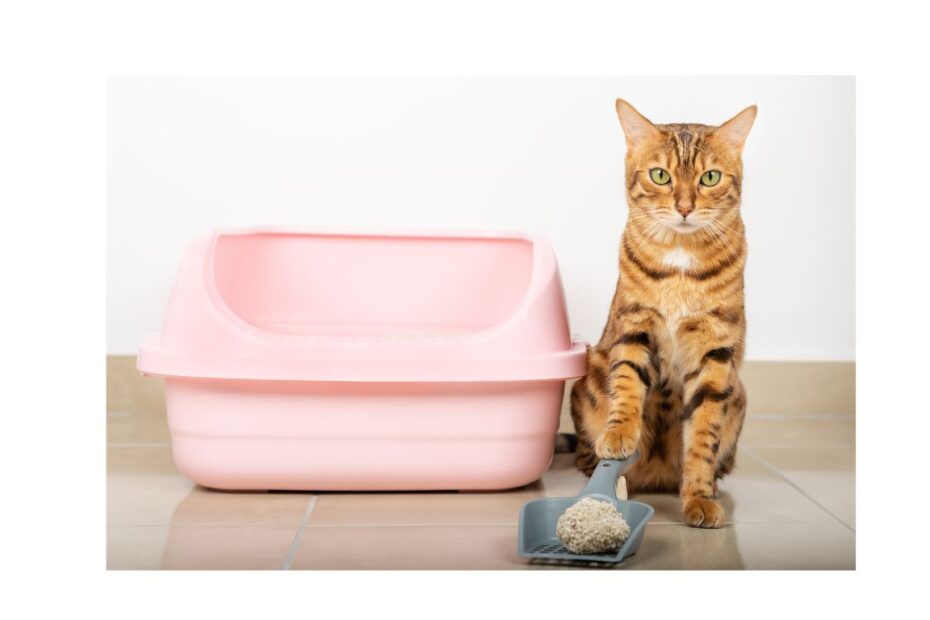As veterinarians, we often encounter urinary disease as one of the most prevalent health concerns among our feline patients. By understanding what causes urinary disease, we can help put measures in place to prevent this happening in your cat! Urinary disease does not only affect your cat’s physical health but their mental health as well.
As well as it being a common reason cats get taken to the vet, unwanted toileting behaviour (such as urinating outside the litter tray) is one of the most common complaints from pet parents!
Table of Contents
What is urinary disease?
Urinary disease refers to any medical condition that affects an area of the urinary system, from the kidneys to the urethra. The urinary system is made up of the kidney, ureters, the bladder and urethra. The kidneys are the organs that help get rid of toxins from the blood and remove excess waste and fluid in the form of urine. The urine then travels down the ureters and is stored in the bladder where it is eventually excreted and passed through the urethra when the cat urinates.
Feline lower urinary tract disease (flutd) is the term given to describe the complex of issues that affects the urinary system in cats. By understanding the risk factors behind the disease and ways to prevent it, we can help reduce your cat’s risk of developing urinary issues.
Common causes of FLUTD
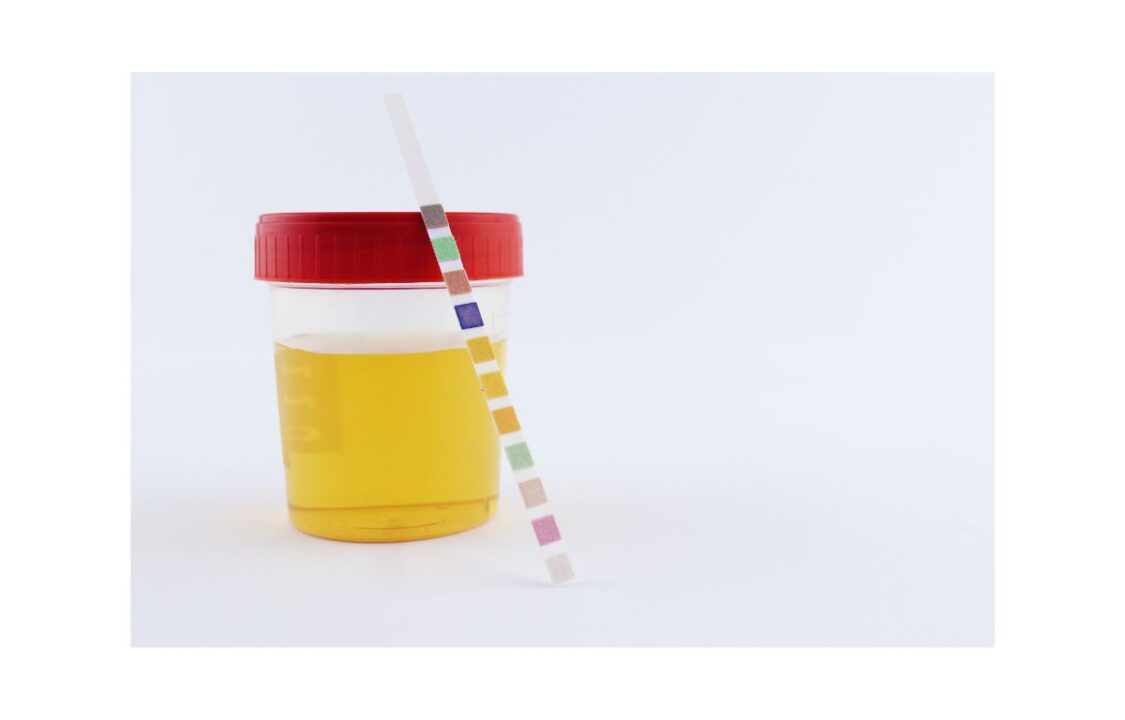
1. Urinary Tract Infection
A urinary tract infection is an infection present in the urinary system due to bacteria. This is quite uncommon in cats and often occurs secondary to an underlying condition. These underlying conditions can be diseases such as diabetes, kidney disease and hyperthyroidism, all which can lower the immune system. Uti’s are most commonly seen in the Persian breed, and especially in females and older aged cats.
2. Uroliths – Crystals and Stones
Minerals are found naturally in the urine but they can clump together causing struvite crystals or calcium oxalate stones to form in the bladder. These can lead to irritation of the bladder, bleeding and mucous plugs.
3. Urethral Obstruction
This is when the urethra becomes blocked by crystals, stones or a mucous plug which leads to the cat being unable to pass urine. This is more common in male cats due to their anatomy and narrow urethra and this is a life-threatening medical emergency!
When no particular cause can be determined, then a diagnosis FIC (Feline idiopathic cystitis) can be made which is the term given to general inflammation of the bladder due to an unknown cause. Although FIC is not completely understood, we do know that stress in cats is often a major component of the condition. It is thought that when some cats experience stress, the protective lining of the bladder wall is weakened which leads to signs of cystitis (inflammation of the bladder).
Signs of FLUTD
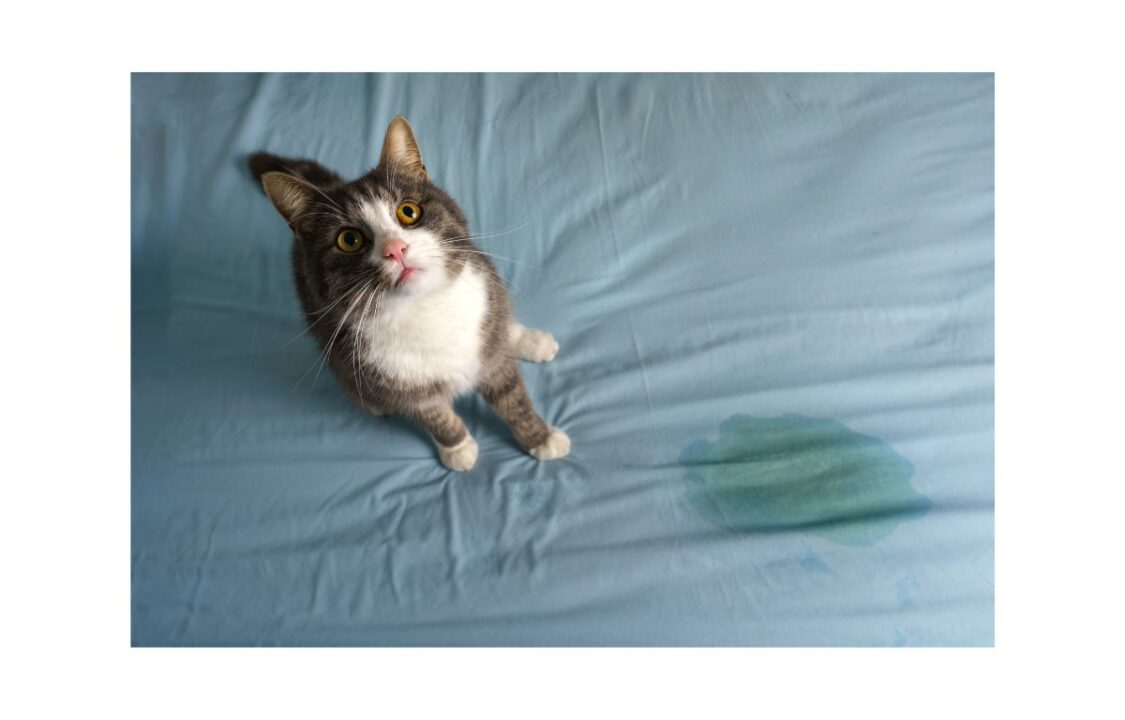
There are numerous different signs you may see if your cat has urinary disease. If you suspect there may be something going on, do keep a close eye on their litter tray and try to observe their urination and urinary habits.
Common Signs
– Urinating outside of the litter tray
– Straining to urinate
– Frequent urination
– Blood in the urine
– Only passing small amounts of urine
– Vocalising when urinating
– Licking genitals
How do I know if my cat has a urinary problem?
If your cat is showing signs of urinary disease, such as urinating outside of the litter tray, a check up with the vet is highly recommended. Your vet will discuss the history of any urinary signs, perform a clinical exam and recommend any tests that may be needed. Often a urinalysis is performed which is a urine test that helps to give information about the urine such as its concentration; if any blood, glucose or protein is present; as well as the pH of the urine. Other tests can then be done such as a urine culture (to identify any bacterial infection), x-rays and ultrasounds which are particularly helpful in determining if stones are present.
A helpful tip is that you may not always be able to see blood in the urine as there may only be traces of it, so don’t rule out blood in the urine without a urine test.
Another very important tip is that if your cat is straining to urinate without producing any urine, they should be seen by a veterinarian immediately. Cats that have a urethral blockage are experiencing a medical emergency which could lead to kidney failure, bladder rupture and even death if not treated promptly.
What is the treatment for FLUTD?
As with many illnesses, the exact treatment is dependent on the underlying cause. For example, if a male cat was diagnosed with a urethral obstruction, they would require emergency surgery to remove the obstruction which is life-threatening!
If your cat was diagnosed with uroliths (like struvite crystals), then a veterinary prescription urinary diet may be recommended to dissolve them and usually they stay on the diet to prevent reoccurrence again.
If a urinary tract infection is diagnosed, then antibiotics may be required to treat the infection.
With all cases of FIC, minimising stress is a very important part of treatment and management of the disease. This could be through calming supplements, pheromones, therapeutic diets or prescription medication.
How do I prevent urinary disease in my cat?
Prevention is the key to the management of urinary disease and often reoccurrence will occur if not treated and prevented adequately.
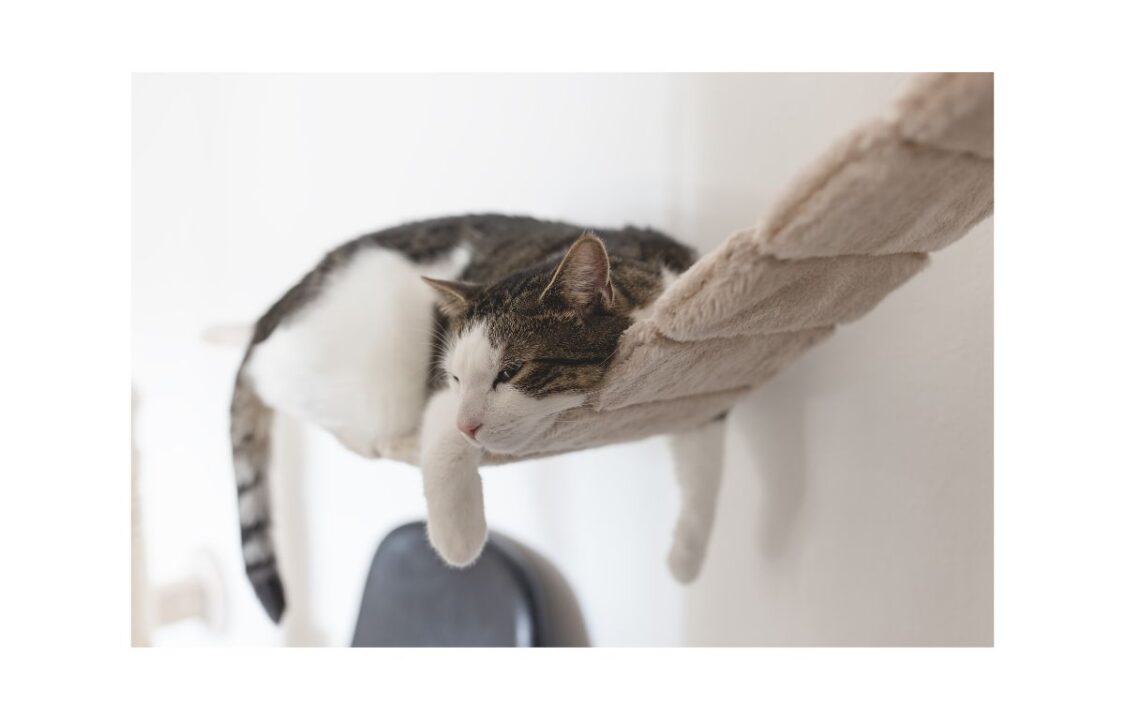
Reduce Stress
As mentioned, stress and anxiety in cats is a huge trigger for urinary disease. It can sometimes be tricky to determine if your cat has anxiety or stress and work out what is causing it. Some common causes of stress can be moving house, a new pet, a new baby, construction going on in the neighbourhood, loss of a family member, change in environment even just with moving furniture in the house!
Some tips would be to make sure there are adequate hiding spaces and private areas that your cat can retreat into to help them feel like they have somewhere safe and protected to hang out. Handy items include hammocks, cat trees and furniture, and enclosed beds that they can hide in.
There are natural anti-anxiety products available such as supplements (in capsule or tablet form), pheromones (in diffusers or sprays), and therapeutic diets which include specific ingredients to help calm anxious cats. These can all be used to help calm an anxious cat and can be used in the lead up to a known stressful event (such as a trip to the vet!).
Provide Enough Litter Trays
This is especially important in multi-cat households where cats may need to share amenities. The rule is to have one litter tray per cat, plus one. For example if you have one cat you should provide 2 litter trays, and if you have two cats, you should provide 3 litter trays.
Cat can be extremely fussy with their preference for the litter tray, the type of litter, where the tray is situated and whether there is faeces or urine in the tray when they need to use it! Hence providing options such as multiple trays, different locations of trays and trying different litter types can all help to ensure they use the tray as required. Any variation can lead to them avoiding the litter tray which can increase their risk of flutd.
It is advisable to ensure that the litter tray is kept clean, it is located in a private and quiet place and that you use the litter that your cat prefers. There are even options for self-cleaning litter trays as well as scented litters and multiple different types and sizes of trays.
Diet
Cats that don’t need to be fed a specific therapeutic diet for health issues, can benefit from a premium diet. Premium diets, such as Royal Canin, Hills Science Diet and Advance, have ideal levels of magnesium, phosphorus, protein and calcium to help avoid the formation of crystals in their urine.
Cats who have been diagnosed with uroliths (stones and crystals) or other urinary concerns may require a urinary prescription diet for life (and this needs to be recommended and advised by the treating vet). These prescription urinary diets need to be fed as the sole diet otherwise the efficacy of feeding them will be reduced.
Water Intake
Increasing water intake can help prevent dehydration which in turn helps to prevent urinary diseases in cats. Cats have quite a low thirst drive, which means they may not feel the need to drink very often.
We can increase the intake of water in their diet by using things like water fountains to encourage drinking and feeding wet food which contains more moisture. Other options include the use of broth in their diet, trying different bowls and even different locations of water bowls in and around the house to encourage drinking more water.
Weight Management
Overweight cats are at a higher risk of developing urinary issues. If you think your cat is overweight do consult with your vet. Your cat may require a veterinary weight loss diet which is specially formulated to help them lose weight through lower calories, increasing their metabolism and increasing fibre.
Apart from diet, weight loss can also be achieved through movement and exercise. This can be encouraged through play sessions and with interactive toys to help keep things interesting!
Does Pet Insurance Cover Urinary Disease in cats?
Due to the many different causes and presentations of urinary disease in cats, the cost at the vet can vary significantly! It may be as simple as a check up and urinary test to a life saving surgery for urinary blockage costing thousands of dollars, in a very unwell cat.
As long as the urinary disease is not pre-existing, and does not occur in the exclusion period, it should be covered by pet insurance. By insuring your kitten at a young age, before they have the chance to acquire any conditions, will decrease the likelihood of any pre-existing conditions.
Having pet insurance for urinary disease will provide the vet with more options to help diagnose and treat your cat and put less financial strain and stress on you when your cat is ill. Have a look at pet circle insurance 360 care as an added option to your insurance which also covers the vet costs associated with behavioural problems (along with dental and supportive therapies), there is a strong correlation to stress and urinary issues in cats.
Summary
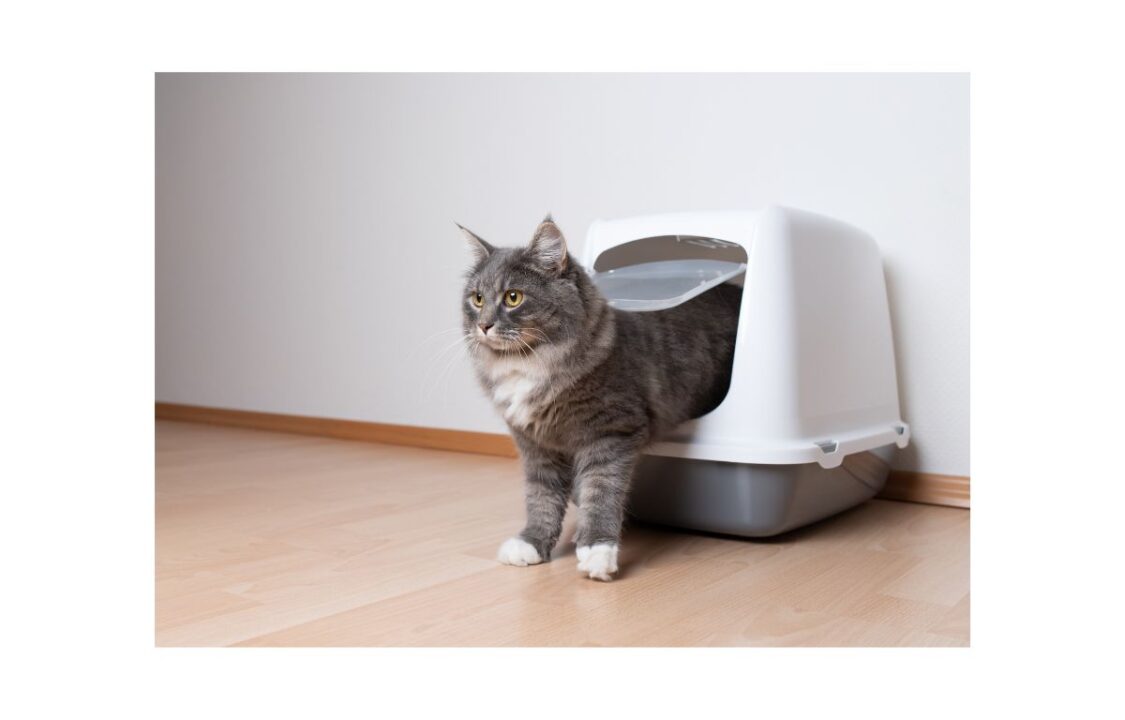
Urinary issues are a very common encounter with cats and they can often have a stress and/or anxiety trigger. Urinating outside of the litter tray, spraying urine and troubles urinating are all very annoying for both cat and owner alike. There are different treatment and management options depending on the exact cause, but it is very worth investigating any urinary issue due to the discomfort it can cause our feline friends.
